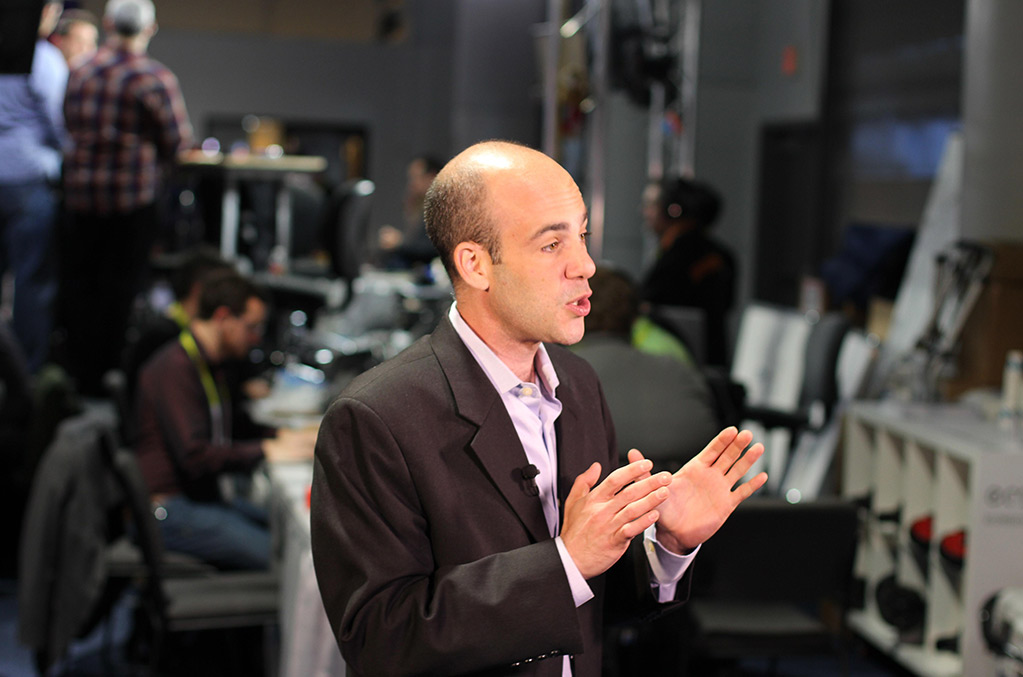Maintaining consistency of vision and action throughout the organization is a perpetual challenge for every leader. The trick to creating and maintaining unified purpose, particularly in larger organizations, is to employ your senior management team as part of a cascading message conveyance network. Here are three ways to do exactly that.
WIIFM – What’s in it for me?
WIIFM acknowledges a human truth: that every individual is, at their core, selfish. (Don’t blame yourself – Mother Nature made you that way). There is no better way to convince someone to do something than showing them what they will gain from the effort. Like everyone else, your senior management team wants to achieve more in less time. Tell them that any unit that acts with a singular purpose becomes more than the sum of its parts. Explain how the alignment of goals – and the strategies employed to reach those goals – will deliver consistent results, faster. Emphasize on the ease of management that such fluidity automatically entails.
Show Them How Easy It Is
Converting anyone to your worldview is always an uphill task but it is never impossible. Within an organization with a hierarchical structure, the human brain is wired to help you. Even as kids, we imitate those whom we see as having a higher status, such as our parents. That natural instinct to display behavior of which the “higher-ups” approve tilts the balance in your management team’s favor. Of course, this is a double-edged sword. The “Do as I say, not as I do” approach does not work with children and even less so with adults. Encourage them to personify the ideals that they want their respective teams to demonstrate. A positive change will almost inevitably follow.
Building the Self
Telling leaders to portray themselves as individuals whose behavior their teams should emulate can come with an intrinsic problem: not all leaders have a very good impression of themselves. Simply encouraging a display of positive behavior may not be sufficient in such cases; nurturing a sense of self-worth is more important.
In their bestseller, The Leadership Challenge, authors Kouzes and Posner said that the most admired leaders are seen to be:
- Honest
- Forward-looking
- Inspiring
- Competent
Help your managers to develop and exhibit these personality traits. Acknowledge their progress in each of these areas to develop their confidence. As you do this, perhaps it may also be helpful to gauge your own competence using these criteria. After all, modeling exemplary behavior begins at the top.
At DeSantis Trusted Advisors, we provide consulting, advisory, and coaching services to businesses and their stakeholders with the goal of creating pathways to success. Contact me today for more information.






